Cabinet Installation Tools
Here is a list of some essential Cabinet Installation Tools. We will include ‘must have’ and ‘good to have’ tools for installing cabinets. Note that these tools are in no particular order. Depending on your requirements, you have to purchase the tools.
Must-Have Tools
Cordless Drill Drill Bits Cordless Screwdriver Cabinet Claws Framing Square (Carpenter’s Square) Combination Square Cabinet Wedges Chisels Stud Finder Cabinet Hardware Jig Claw Hammer Cabinet Jack Tape Measure Color Putty Putty Knife Wood Scribe Level Pencil Fasteners Layout
Good To Have Tools
Handsaw Circular Saw Jig Saw Miter Saw Nail Gun Belt Sander Pry Bars Hearing Protection Dust Collector Vacuum
Must-Have Tools
Let us kick off the cabinet installation tools guide with some important and essential tools. We listed them under the ‘Must Have’ category. Some of these tools are very common that you might have them with you already. There are some cabinetry-specific tools that can make the process of installing cabinets very easy. You can get away without some of these tools but make sure you know the workarounds or find some other alternatives.
Cordless Drill
Power Tools make any job easier. A Cordless Drill is an essential tool for installing cabinets and countertops. You can easily drill holes into walls and wood with a cordless drill. Depending on duration and complexity of the job, make sure you have spare batteries and charger handy.
If you have a corded drill, then you don’t have to worry about battery life and charger. But the wire may restrict the free access and also range from the outlet to your workplace.
Drill Bits
The right drill bit is important to make holes in different types of surfaces or materials. Regular wooden and masonry bits are the bare minimum as you have drill holes in wood and kitchen walls.
To seat the screws flush into the cabinet’s walls, you need to use countersink bits. Self-centering Drill bits allow you to drill exactly in the center. This is very important for hinges and door butts. Drill Bits come in different sizes. Have a collection them in your tool-box.
Fasteners
Screws and nails are two main fasteners you need while installing cabinets. Have different types of screws for wood, wall, etc. Although screws are suitable for most jobs, you might need nails to attach the base shoe or something similar.
Cordless Screwdriver
Almost all cabinets come with brackets and hinges. We have to screw them to the main structure of the cabinet. A cordless screwdriver comes very handily as you can quickly assemble the cabinets and make them ready for installation.
Cabinet Claws or Clamps
Clamps are very important tools that help us in holding two pieces of wood together while we work on them. Cabinet Claws are specialty tools just for working with cabinets. They make the proves of installing cabinets very easy. The main claw is usually aluminum and the center alignment plate has a rubber cushioning.
Framing Square (Carpenter’s Square)
A Framing Square is also known as Carpenter’s Square or Steel Square. It is a very important tool in carpentry and especially in cabinetry. You can easily mark surfaces at proper right angles.
Combination Square
Another popular measuring tool in carpentry is a Combination Square. It allows you to mark for 90° and 45° angles. Apart from this, you can also mark the center of an object (circular), find out the depth and make simple measurements.
Cabinet Wedges (Shim)
The base cabinet must be perfectly level. But sometimes errors will happen and the cabinet becomes wobbly. You have to work on this immediately as a wobbly or uneven cabinet is unsafe and annoying. Shims or Cabinet Wedges are a simple solution to level the cabinet while installation. They come in all shapes and material types. Plastic Shims are ideal as you can use them anywhere (kitchen, bathroom, indoors outdoors, etc.).
Chisels
If you are a carpenter, then you will definitely have a set of Chisels. Even though we won’t be working majorly on the cabinets, you need a few chisels handy to make some final trims and adjustments before fitting. This is very useful when installing doors.
Stud Finder
A Stud Finder, as the name suggests, helps you find the studs behind the wall. Apart from framing members, it can also find metal conduits, plumbing, electrical, and other similar things inside the wall. If you are installing a top cabinet, then the Stud Finder can locate the frames behind the drywall.
Cabinet Hardware Jig
When you are working with cabinets, you have to repeatedly drill holes for handles, knobs, and hinges. A Cabinet Hardware Jig is a ‘T’ shape tool that makes the job of drilling very easy. It is an adjustable tool with movable edge guides and scales.
Claw Hammer
This tool doesn’t need any introduction. Every house must have a claw hammer to do simple DIY jobs. Coming to cabinetry, you can drive nails with a claw hammer or even remove them. While a claw hammer is suitable for all jobs, having a mallet around can help you knock the pieces without fear of damaging the wood.
Cabinet Jack
You might find it difficult to install upper cabinets without proper support. This is where Cabinet Jacks are very helpful. A stand-in Cabinet Jack acts as a support for the base of the cabinet. This makes your hands free from holding the cabinet so that you can work on the installation.
Tape Measure
Irrespective of the type of woodwork, you need a tape measure. There are several important measurements you need to make while installing cabinets. Some of them are the height of the cabinet, the distance between them, etc.
Level
You have to make sure that the cabinets are level with the ground and other surrounding things. When we say ‘Level’, we mean large levels that are at least 6 feet long. They are very useful for high cabinets and countertops.
Pencil
While measuring with a tape measure or checking if the surface is level or not, you need to make some markings. Have some pencils handy so that you can clearly see all the markings.
Wood Scribe
If you have an uneven surface to work with while installing cabinets, then scribing the wood is your best bet. For this, you need a wood scribe. You can get away with a regular compass but a dedicated wood scribe can help you trace a wood to fit and cut it to the shape of the wall.
Color Putty
Even if you are extremely careful, there is a chance that you might knock some piece of the cabinet while installing. Putty is a filling that you can apply to fill the gaps and scrape on the cabinet. Nowadays, you can get ready-made colorful putty so that you can choose a color that matches your cabinet.
Putty Knife
A Putty Knife is a special tool that helps you apply putty to the surface of the cabinet. You can get a clean and smooth surface if you apply it with this knife.
Layout
This is not a tool but an important part of cabinet installation. The layout specifies all the pieces with their appropriate position and accurate dimensions. Print out the layout before starting the installation job.
Good To Have Tools
We categorized the next category of tools as ‘Good to Have’. ’These tools are also important but they are not crucial cabinet installation tools. If you already have the, then you can use them in case you need that particular tool. Even if you don’t have them in your toolbox or garage, then you don’t have to buy them immediately. Ask a friend or neighbor and see if anyone has them.
Handsaw
A Hand Saw is one of the simplest saws available today. If you need to make a quick and tiny cut off of the cabinet, then a handsaw is very useful. You don’t have to set up a table or need electricity.
Circular Saw
While a handsaw is sufficient for temporary jobs, you need a bigger Circular Saw if the work is major. Select the proper circular saw blade depending on the type of trim. We recommend a regular saw blade for ‘rough cutting’ jobs. A carbide-tipped blade is useful for working on countertop surfaces.
Jig Saw
If you want a perfect fit for the cabinet, then you have to consider the curves around sinks or similar places. A Jig Saw is the best tool for this purpose. Once again, make sure you are using the proper jig saw blade. Don’t force the saw while cutting. Let the saw do the job.
Miter Saw
Mitering is the process of making ‘angled cuts’. You can use a Miter Saw to cut the filler strips, skin panels, and crown moldings. If you have a miter saw with a flexible arm, then you don’t have to worry about a regular circular saw.
Nail Gun
Hammer and nails get the job done in most of the cases. But a nail gun can do this job even quicker. This is very helpful while attaching a base shoe to the cabinet. You can also use a nail gun to fix any decorative contours to the cabinets.
Belt Sander
A belt sander is a specialty tool that can help you shape the wood as well as smoothen it. You might need a belt sander while working on cabinet countertops to remove any material.
Pry Bars
If you have existing cabinets, then you can easily remove them with the help of pry bars. They come in a variety of shapes and sizes. Be careful when using pry bars. Have protection for you as well as the nearby object (other cabinets or the floor).
Eye and Ear Protection
Always work in a safe environment. Also make sure that you use proper protective gear, especially for your eyes and ears when you are working with power tools, nails, and other sharp and loud objects.
Dust Collector
While you won’t be doing major work on the cabinets themselves, there will be a lot of dust and debris when you are drilling and working on the wooden surfaces. If you have a dust collector, make sure to use it while installing cabinets.
Shop Vacuum
Once you finished installing all the cabinets, drawers, and countertops, cleaning the workplace is important. Use a good quality shop vacuum to remove all the dust.
Conclusion:
Cabinets add functionality and aesthetic appeal to a modern kitchen. You could spend hundreds of dollars on expensive readymade cabinets. But if you are familiar with carpentry, you can make the cabinets yourself with some effort. Buying or making the cabinets is only one part of the project. Installing the cabinets properly will elevate the look and feel of the entire kitchen. If you have all the necessary cabinet installation tools, then the whole process becomes very easy. In this guide, we saw some essential tools that make the job of installing cabinets simple. There are ‘must have’ cabinet installation tools as well as ‘good to have’ tools. Comment * Name * Email * Website
Δ



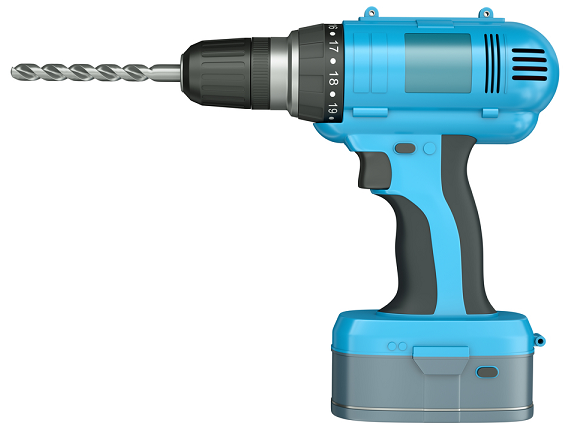
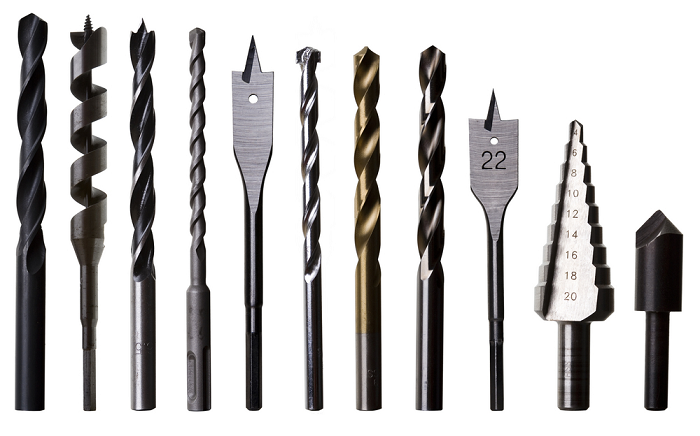
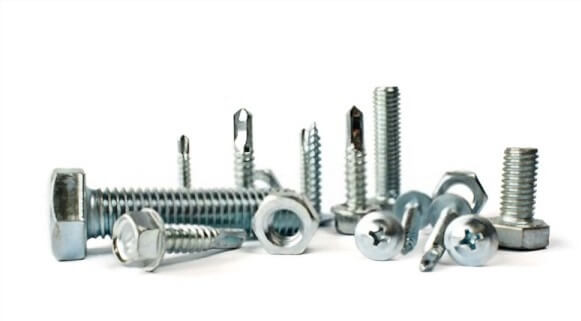
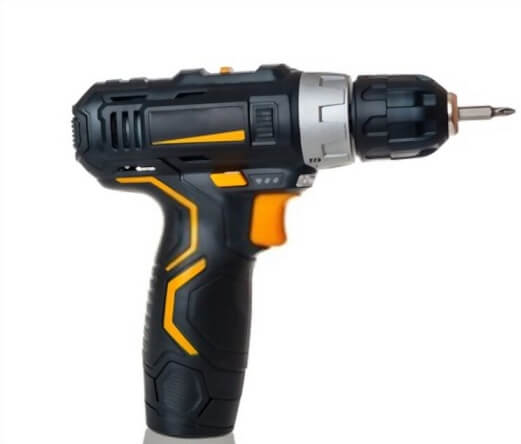
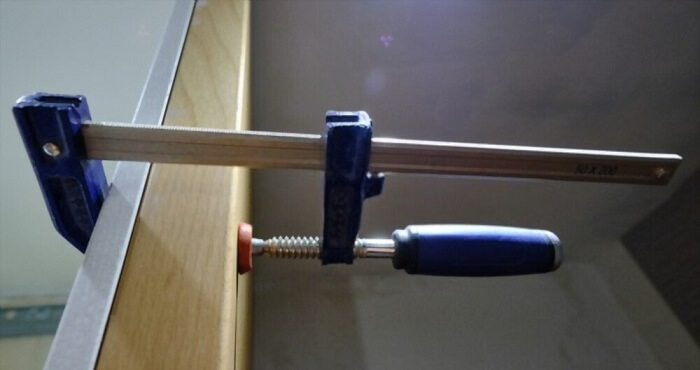
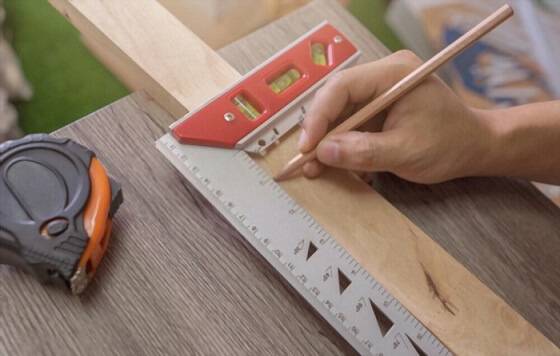
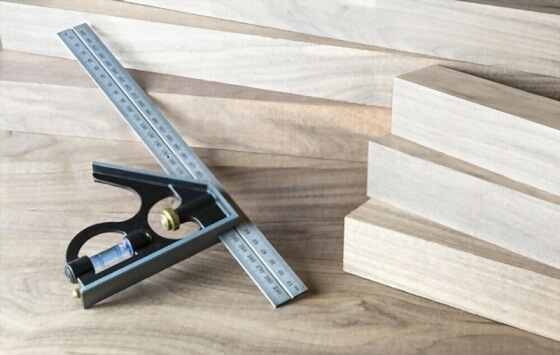
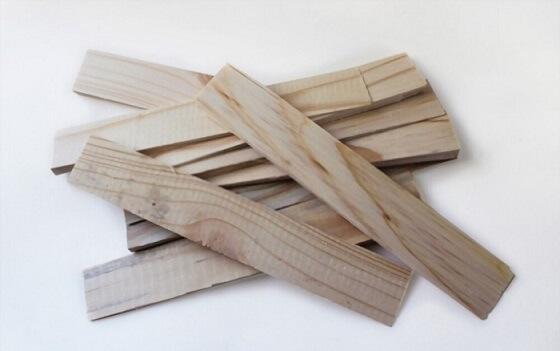
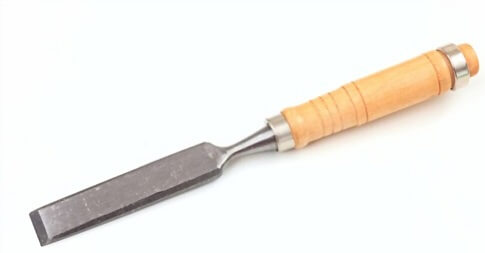
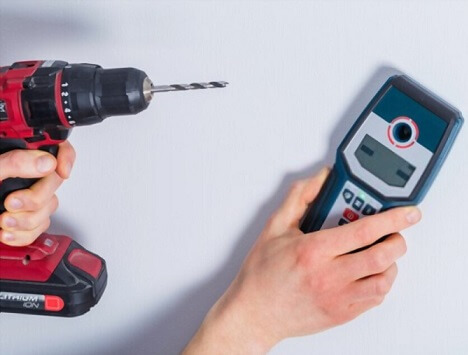
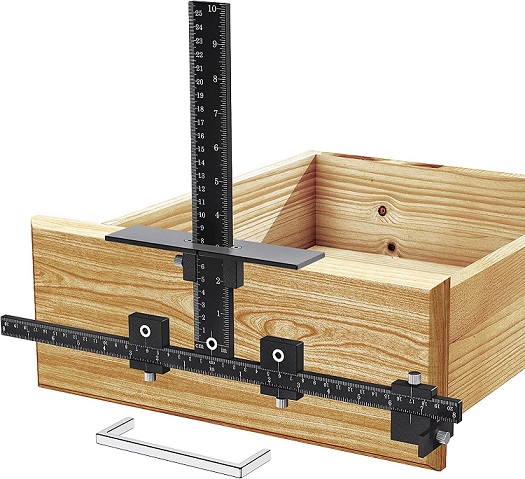
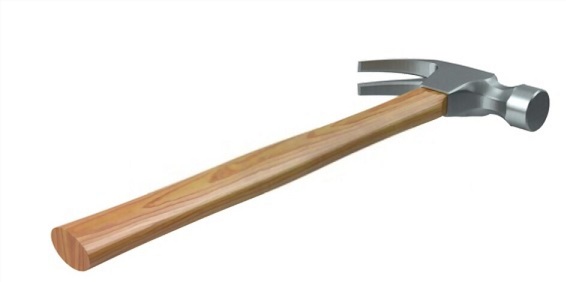
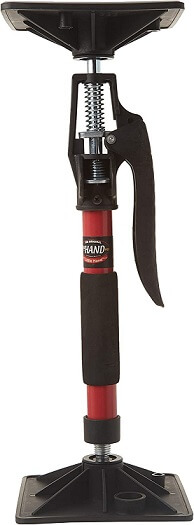
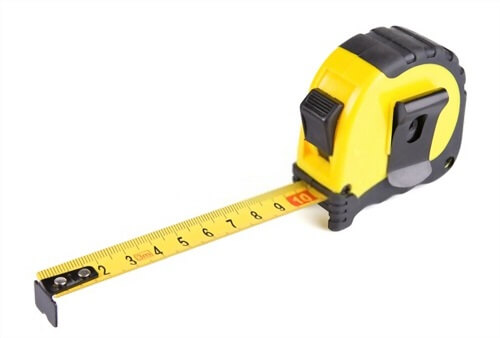
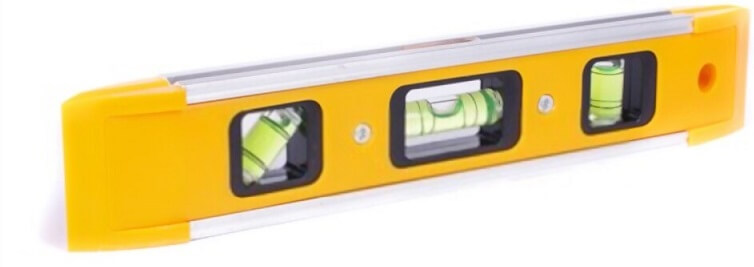

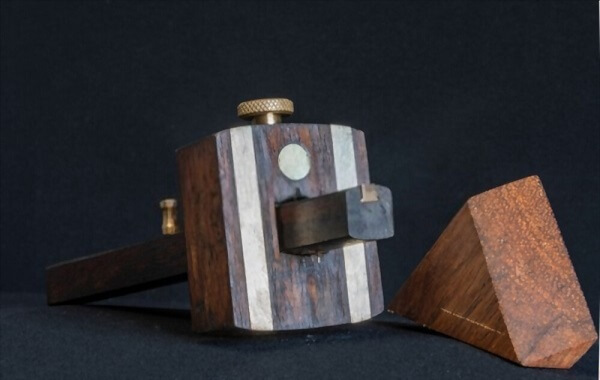
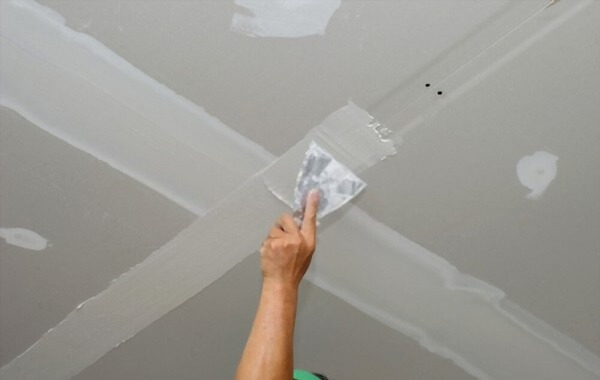
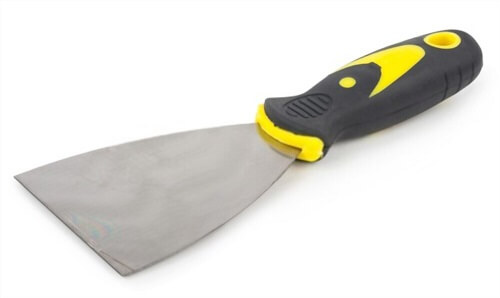

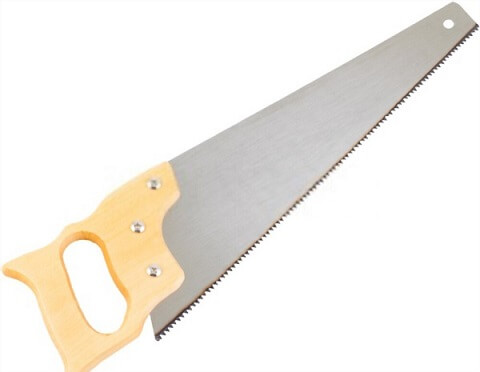
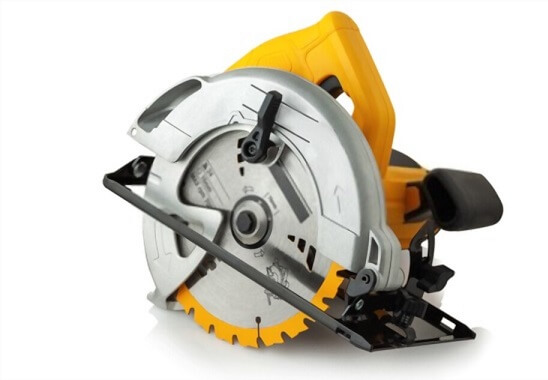
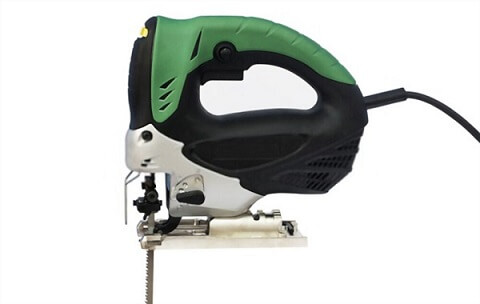
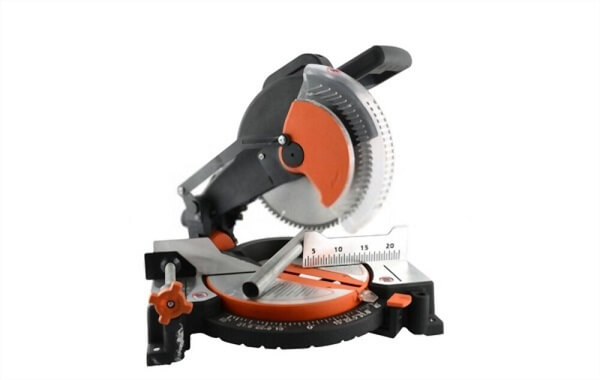

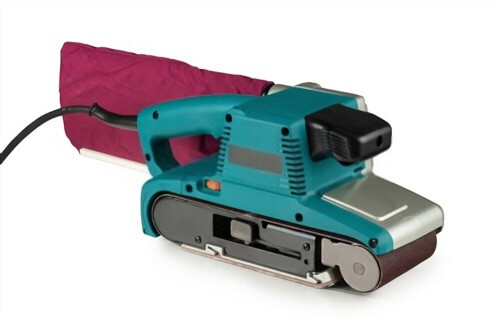

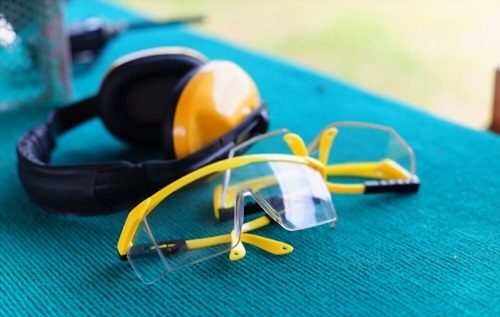
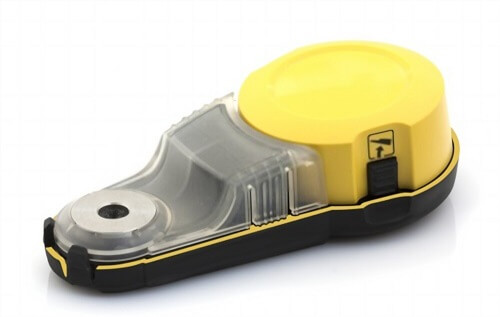
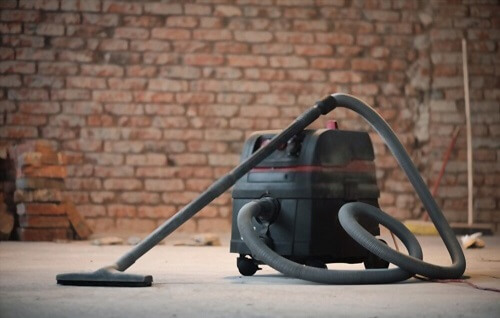


![]()